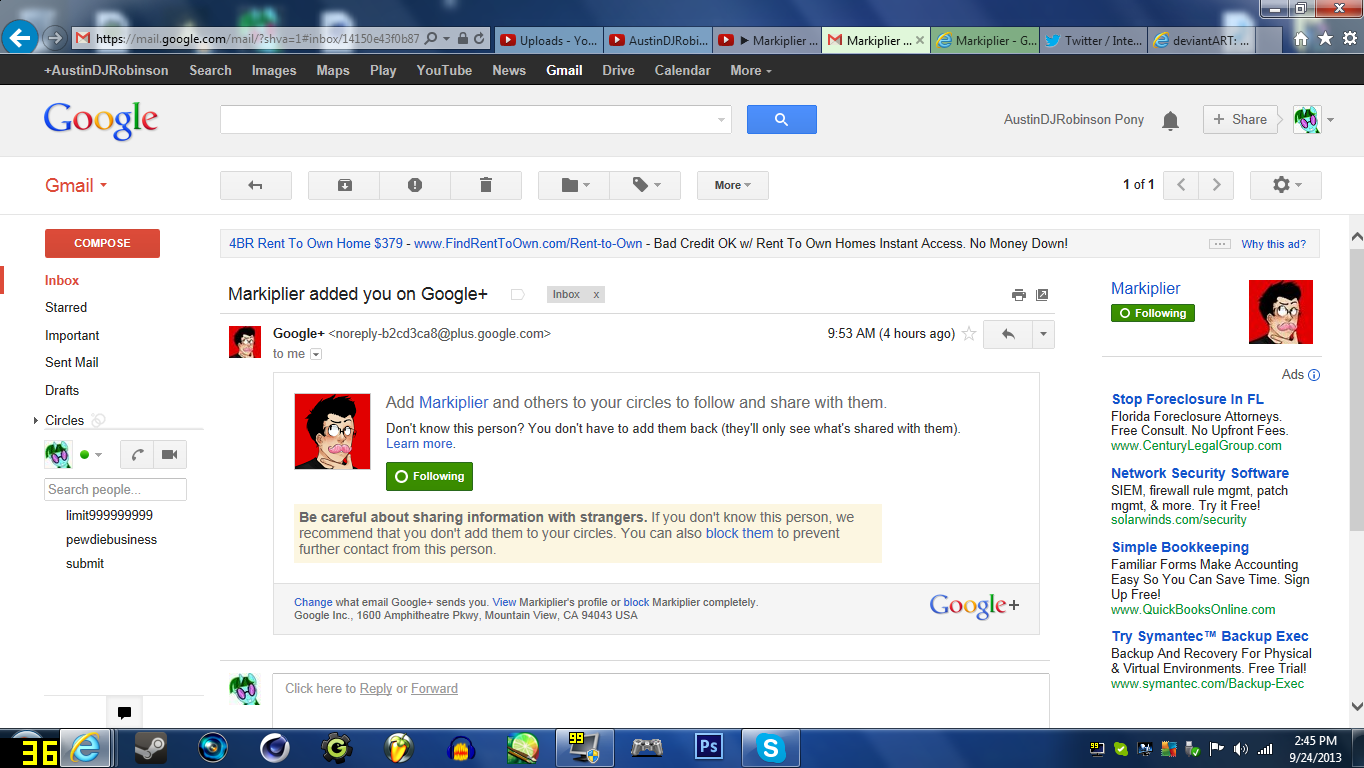Keep telemarketers from contacting you by not returning their phone calls if you wish them to stop calling. As soon as you notice a certain number on your caller ID, you should also block it. Join the National Do Not Call Registry at donotcall.gov or contact the Federal Trade Commission for further information.
To find out who phoned me, I go to the Yellow Pages and type in the name of the person who contacted me. My phone number has been placed to the Do Not Call Registry by the Federal Trade Commission. Businesses use telemarketing calls to reach out to prospective consumers in an effort to offer goods or services. Every day, telemarketers are often assigned a quota of prospective customers to contact in order to meet their quota. As new spam numbers surface, these devices may be used to add them to their pre-programmed database. These gadgets may not be as current as a software service, but that’s the main drawback.

Check with your state’s public service commission or consumer protection bureau to find out whether and how to register your phone number or number(s). Consult the government listings or the blue pages of your local phone book for information on how to reach your state’s public service commission. Improving call statistics and allowing phone providers to automatically stop unlawful or unwanted calls before they reach customers. Scam phone calls would probably be towards the top of your list of pet peeves if you kept a running track of them. Most annoying are the automated robocalls that interrupt you in the middle of your work or personal life.

Even if none of the above options are ideal, they may be used in conjunction with the carrier’s current caller ID spoofing detection system. So, for the time being, you’ll have to put in some additional effort to maintain receiving as few robocalls as possible. You may cut down on the quantity of nuisance phone calls and e-mails you get by being wary of calls from unknown numbers and making use of an anti-spam service. The free version filters spam and fraud calls, gives a personal block list, and allows you to ban all unknown callers; it also includes annoying warning flags and a personal block list. In addition to caller ID, reverse number search, and call restrictions, Call Protect Plus costs $4 a month per line. Hiya, RoboKiller, Truecaller, and Call Control are just a few of the third-party applications that may stop telemarketing calls.

Caller ID is the obligation of the one making the first call. A prepared message or a live person are both options when the phone is answered by the autodialer. Use of customised audio messages to impersonate a genuine phone call is used by certain automated callers.
To utilize certain voicemail services, you must dial in using your own phone number. If you don’t protect your number 07841920722 voicemail with a password, a hacker might use your home phone number to fake your voicemail. It’s best to immediately hang up if you answer the phone and the caller or a recording asks you to press a button to stop receiving calls. This is a common tactic used by con artists to locate their intended victims.
It’s possible to make an informal complaint with the FCC about a political robocall or text that doesn’t conform with the FCC’s standards at fcc.gov/complaints. Text 7726 to report a sender if you’re getting SMS you didn’t ask for (or “SPAM”). If you respond “STOP,” campaigns should also fulfill your request to be removed from their mailing list. It is common for political campaigns to bombard customers with phone calls and text messages throughout the election season.
Hiya is a phone number lookup program that can tell you whether a given phone number is legitimate or if it’s a spam caller. Moreover, the software may automatically accept calls from any of your friends and family members. When the presents have all been unwrapped, it’s time to check your credit card accounts from the Christmas season. We’ve got some advice for you if you overspent on your credit cards over the holidays. Use a credit card to purchase anything and you’ll be charged a fee. Unsolicited calls with the objective of selling items or services are known as spam calls.
Scams are used to try to get you to hand up your personal information, such as your phone number, bank account details, or even personal information like your name and address. Robotexts, which are text messages created by autodialing, are likewise regarded as calls and are subject to the same regulations as traditional robocalls. Using spoofing, a technique in which a phone number appears on your caller ID that closely resembles your own, robocallers are more likely to get through to you. The Federal Communications Commission (FCC) wants the phone sector to implement a strong caller ID identification system to assist fight neighbor spoofing. Messages from telecommunications companies or advertisements for telecoms companies’ goods or services that are autodialed without your prior agreement are considered spam. –
There’s no need for carriers to profit from this. If you’re looking for information about robocalls and caller ID-spoofing, the FCC provides a wealth of information on their website. You may be more likely to answer the phone when a scammer uses caller ID spoofing to hide their genuine location, making it look as if they’re calling from a valid or local number. The amount of people who claimed they are more inclined to answer a robocall if the caller ID indicates their area code was 59% in an AARP poll conducted in 2019. Automated sales calls from organizations you haven’t given permission to contact are among the illegal robocalls. Prerecorded communications entice you to donate money or provide sensitive personal information by offering enticing incentives like free trips or by demanding payment for fictitious debts.




